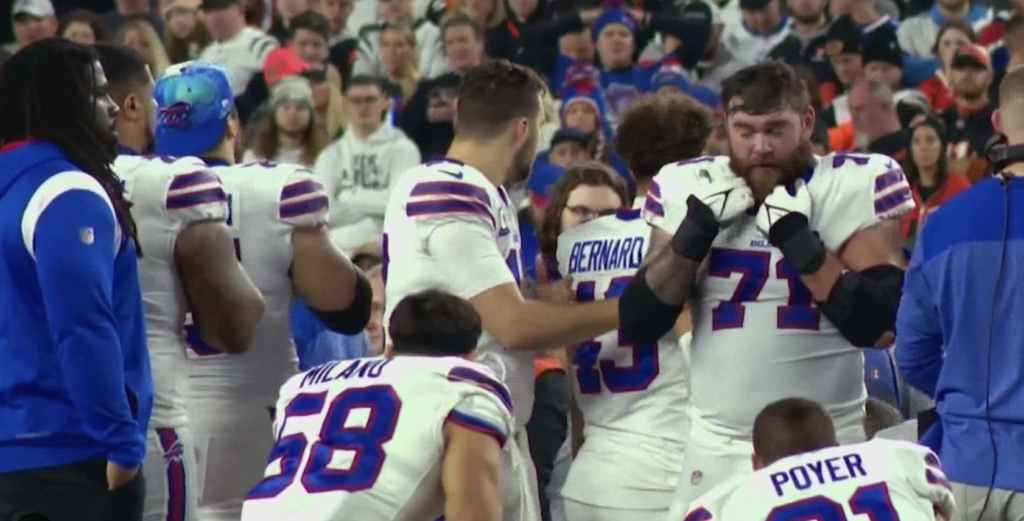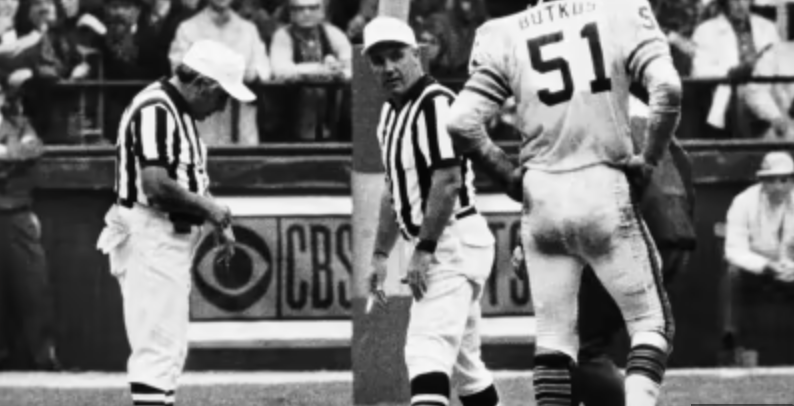As outrageous as it may sound, it might be time to think about putting an end to football as we play it in the United States.
The life-threatening injury to Buffalo defensive back Damar Hamlin in Monday night’s game between the Bills and Cincinnati has horrified the country, but it isn’t even the worst example of what football is doing to young men’s bodies.

Think about this: CTE (Chronic Traumatic Encephalopathy) is a brain injury that never goes away. A 2017 study by Boston University on brains of deceased men who played football at some point shows that 99 percent of NFL players 88 percent of Canadian Football League players, 64 percent of semi-professional players, 91 percent of college football players and 21 percent of high school football players suffered from various stages of CTE.
Just a few of the names of NFL greats who suffered from CTE:
Nick Buoniconti, Dwight Clark, Frank Gifford, Cookie Gilchrist, John Henry Johnson, Jim Kiick, John Mackey, Ollie Matson, Earl Morrall, Tommy Nobis, Jake Scott, Junior Seau, Bubba Smith, Ken Stabler and Mike Webster.
BU examined 111 brains of NFL players and found CTE in 110 of them.
I remember back in the 1990s, there was a study showing that NFL offensive and defensive linemen had a lifespan 20 years shorter than average American males at the time.
It sounds horrible, but if you asked a young man if he would trade the last 20 years of his life for an NFL career, many would make that deal.
Surprisingly, only one player in NFL history has died on the field — Detroit wide receiver Chuck Hughes colllapsed an died of a coronary embolism in 1969.

Just a few years before Hughes’ death, in the mid 1960s, there was only one player in the entire NFL who weighed 300 pounds or more. In fact, Green Bay’s great offensive lineman Jerry Kramer played guard at just 245 pounds.
Kramer, who is in the Pro Football Hall of Fame, will celebrate his 87th birthday later this month.
Sadly, there are basically two types of sports and American football is on the wrong side of the equation.
There’s skill … and dominance.
The two sports that are the best examples are baseball and boxing.
Baseball doesn’t require size, strength or even speed. If you can hit a ball, pitch a ball or field and throw a ball, you can be a great baseball player.
In boxing, if you can hit harder and take harder punches than your opponent, you win. Sure, there’s some skill involved, but basically boxing goes back to caveman times.
The two games known as football are on opposite sides as well. The game most of the world calls football is all about skills, which is why it’s known as the Beautiful Game. The game we call football certainly has some skill required, but it’s much more just a question of being more of a man physically than your opponent.
In 1966, my senior year of high school at the largest school in Virginia, only one player on our football team weighed 200 pounds.
Now most good high school teams have at least a couple of 300-pounders.
Yes, Americans in general weigh more now than they did 57 years ago, but it’s a law of physics that the force of 300-pounders hitting each other is a lot more than 180-pounders doing the same.
If you think it’s not possible to move beyond American football, ask yourself this:
When is the last time you saw gladiators fighting to the death?
When is the last time you saw two knights jousting?
Both of those sports used to be a very big deal.
It’s not completely impossible that we could become more civilized,
Is it?
